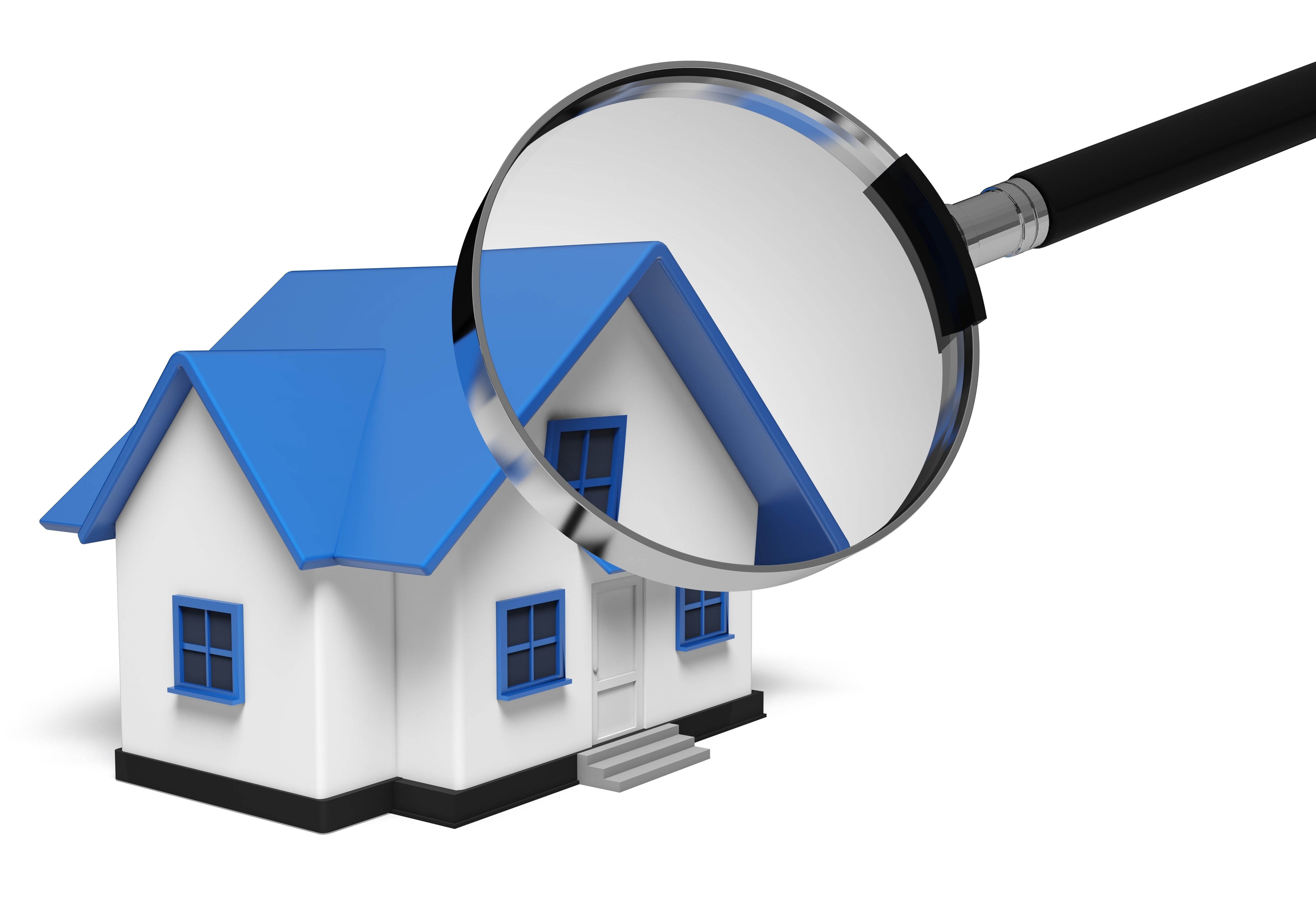
What Are the Parts of an Appraisal?Buying a house is the most significant investment many could ever consider. Whether it's a primary residence, an additional vacation home or an investment, the purchase of real property is an involved transaction that requires multiple people working in concert to see it through. You're likely to be familiar with the parties taking part in the transaction. The real estate agent is the most recognizable face in the transaction. Next, the bank provides the money required to fund the exchange. And ensuring all aspects of the sale are completed and that the title is clear to pass to the buyer from the seller is the title company. So, what party makes sure the real estate is worth the amount being paid? This is where the appraiser comes in. We provide an unbiased estimate of what a buyer could expect to pay — or a seller receive — for a parcel of real estate, where both buyer and seller are informed parties. A licensed, certified, professional appraiser from Campbell and Cress Appraisal Service, LLC will ensure, you as an interested party, are informed. Appraisals start with the property inspectionOur first duty at Campbell and Cress Appraisal Service, LLC is to inspect the property to determine its true status. We must see features first hand, such as the number of bedrooms and bathrooms, the location, living areas, etc, to ensure they really are present and are in the shape a reasonable buyer would expect them to be. To ensure the stated size of the property has not been misrepresented and describe the layout of the house, the inspection often entails creating a sketch of the floorplan. Most importantly, the appraiser looks for any obvious features - or defects - that would have an impact on the value of the house. Next, after the inspection, an appraiser uses two or three approaches to determining the value of the property: sales comparison and, in the case of a rental property, an income approach. 
Replacement CostHere, we analyze information on local building costs, labor rates and other elements to determine how much it would cost to replace the property being appraised. This figure usually sets the maximum on what a property would sell for. The cost approach is also the least used method. 
Paired Sales AnalysisAppraisers can tell you a lot about the communities in which they appraise. They innately understand the value of specific features to the homeowners of that area. Then, the appraiser looks up recent transactions in the neighborhood and finds properties which are 'comparable' to the home being appraised. By assigning a dollar value to certain items such as fireplaces, room layout, appliance upgrades, additional bathrooms or bedrooms, or quality of construction, we adjust the comparable properties so that they more accurately portray the features of subject property.
Once all necessary adjustments have been made, the appraiser reconciles the adjusted sales prices of all the comps and then derives an opinion of what the subject could sell for. At Campbell and Cress Appraisal Service, LLC, we are experts in knowing the value of particular items in Statesville and Iredell County neighborhoods. This approach to value is commonly awarded the most weight when an appraisal is for a home exchange. Valuation Using the Income ApproachIn the case of income producing properties - rental houses for example - we may use an additional method of valuing a property. In this case, the amount of income the real estate yields is taken into consideration along with income produced by nearby properties to determine the current value. ReconciliationCombining information from all approaches, the appraiser is then ready to put down an estimated market value for the property in question. The estimate of value on the appraisal report is not always the final sales price even though it is likely the best indication of a property's valueDepending on the individual situations of the buyer or seller, their level of urgency or a buyer's desire for that exact property, the closing price of a home can always be driven up or down.But the appraised value is typically used as a guideline for lenders who don't want to loan a buyer more money than the property is actually worth. At the end of the day, an appraiser from Campbell and Cress Appraisal Service, LLC will guarantee you attain the most accurate property value, so you can make profitable real estate decisions. |